The next steps in the fight against climate change after the budget bill
Although the Inflation Reduction Act (IRA), which passed the House of Representatives on Friday, will be by far the largest federal action ever taken to confront climate change, it will fall short of the U.S.’s pledge in the 2015 Paris climate agreement to cut greenhouse gas emissions by 50-52% from 2005 levels by 2030. While President Biden reaffirmed that commitment at last year’s United Nations Climate Change Conference in Glasgow, Scotland, statistical models show the IRA will reduce emissions by only roughly 40% from 2005 levels by the end of this decade.

The Intergovernmental Panel on Climate Change has calculated that in order to avert catastrophic climate change by staying below 1.5 degrees Celsius (2.7 degrees Fahrenheit) of warming, global carbon emissions must be cut in half by 2030. Other nations have made it clear in climate negotiations that the United States — the world’s biggest historical emitter and one of the largest emitters per capita — must do its part if it is to persuade all of them to do theirs.
And so attention is already turning to what else the government can do to close the gap between the trajectory set by the IRA and what the science and global climate diplomacy require. Even before the bill had passed the House of Representatives, longtime climate leader Sen. Sheldon Whitehouse, D-R.I., said it is “only the first chapter” in the fight against climate change.
“There is more needed: We’re not done after the IRA,” Anand Gopal, executive director of the think tank Energy Innovation, which produced an analysis that estimated the IRA alone would achieve between a 37% and 41% emissions cut by 2030, told Yahoo News.
The IRA seeks to trim climate pollution through a variety of means, the largest of which is subsidies for the manufacture and purchase of clean energy and electric vehicles.

According to experts and activists working on climate policy, there are four main avenues to getting additional emissions reductions this decade: regulations from the Biden administration, future bills in Congress that could target emissions from other sectors, state-level policies — and, last, in order to stay below 1.5°C of warming, other large emitters such as China will have to adopt their own additional policies.
Of course, just as the IRA was the result of many compromises made to get it through the evenly divided Senate, there is a difference between the policies that could work in the abstract and the ones that have an actual chance of becoming law.
“In theory, there are any number of plausible next steps,” Barry Rabe, a professor of environmental policy at the University of Michigan, told Yahoo News. “In political terms, it’s not at all clear what would be most likely.”
Here is an overview of the major options in each of the four categories.
Regulations from the executive branch
While no more action on climate change will come from Congress this year — due to unified Republican opposition, Democrats were only able to use the annual budget bill to pass climate action with a simple majority — the Biden administration can take a number of steps to hasten the transition away from fossil fuels. Federal laws such as the Clean Air Act and the Clean Water Act require the Environmental Protection Agency to regulate pollutants that are “harmful to human health,” which include carbon dioxide and other greenhouse gases.
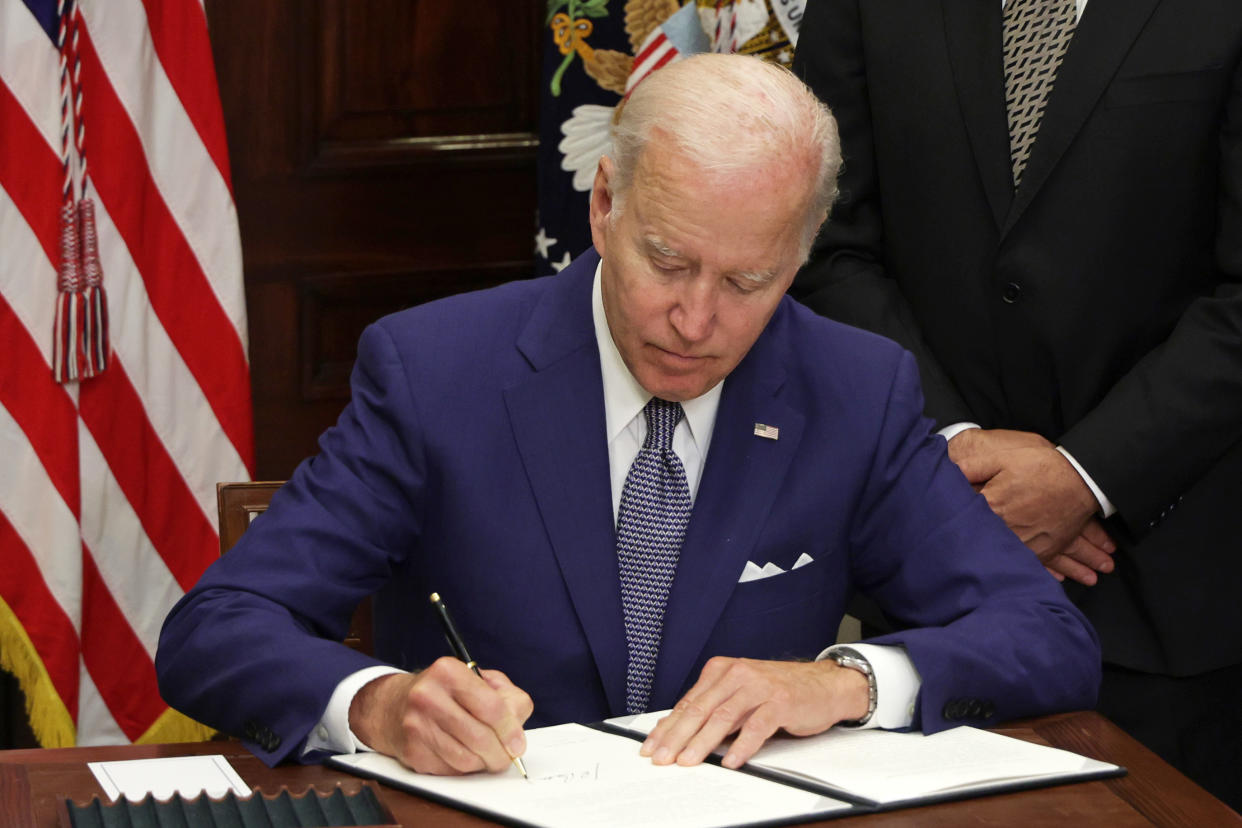
However, in June, the conservative majority on the Supreme Court narrowed the scope of the EPA’s power when it ruled that the approach to regulating carbon emissions from power plants that the agency attempted under former President Barack Obama was outside the bounds of the law. The Obama-era EPA had proposed a rule that would have set carbon emissions standards based on the reductions in emissions that could be achieved partly through switching from coal to clean sources such as wind and solar power. Instead, the court ruled that it can make rules only based on emissions control technology.
“What becomes really interesting essentially the minute after this legislation is approved and signed ... [is] how far can the Biden administration go on its own through use of the Clean Air Act or anything else?” Rabe said. “We’re going to see a number of steps to use regulatory powers that will test what the courts are going to allow.”
“The most important set of policies that should follow the IRA would be a series of executive actions led by the EPA and supported by other agencies, DOE [the Department of Energy] and DOT [the Department of Transportation],” Gopal said.
One very important regulation will be the forthcoming rule limiting carbon emissions from power plants. Most pro-environment observers think the EPA can set strict limits for carbon pollution by basing the standard on a requirement that coal-fired power plants adopt technology that captures carbon at the smokestack and stores it underground. That process is known as carbon capture and sequestration, or CCS. Fossil fuel industry advocates and conservative legal experts are skeptical that the Supreme Court would uphold such a rule, but the IRA’s subsidies for CCS could help such a rule pass cost-benefit analysis.
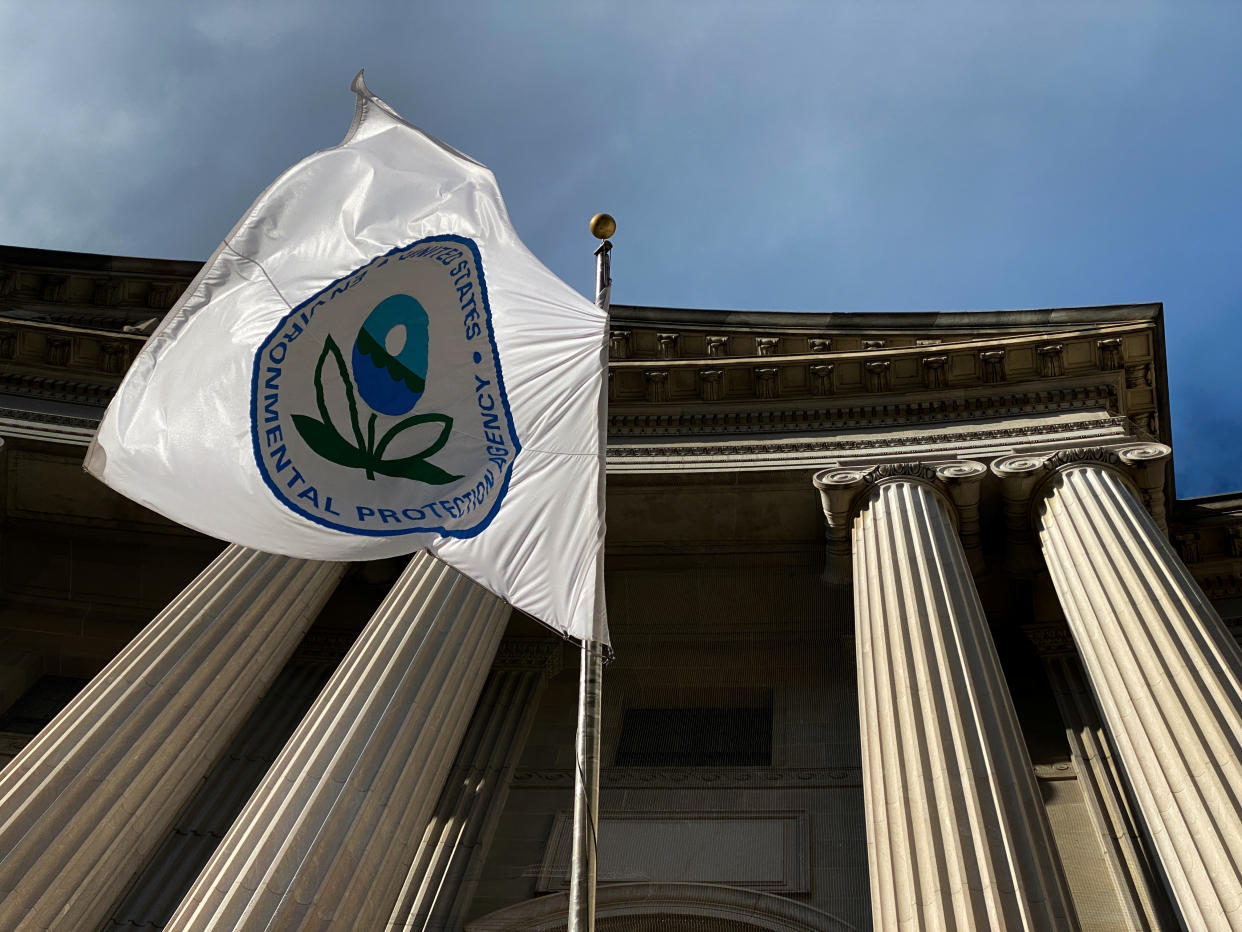
Transportation has surpassed electricity generation as the sector of the U.S. economy with the biggest carbon footprint, and the Biden administration will be making new rules for cars and trucks as well. The EPA announced in June that it plans to finalize by March 2024 a new rule for tailpipe emissions on new light-duty passenger vehicles for models in years 2026 through 2030. Environmental experts from groups such as the League of Conservation Voters and the Union of Concerned Scientists are calling for the EPA to require 60% of new car sales to be of electric vehicles by 2030. The agency will also get to write a post-2030 rule for heavy-duty trucks, which Gopal said should require nearly all trucks to have zero emissions by 2040.
Another significant source of greenhouse gas emissions — one that has largely escaped public scrutiny — is the industrial process, such as in manufacturing, which frequently requires high levels of heat and therefore the burning of fossil fuels on site. The IRA includes some money for assisting in the decarbonization of heavy industry, but in the future, federal regulators could actually require that, for example, packaged-food manufacturers switch from burning gas to using electric heat.
“One of the things that is important for EPA and DOE is to consider setting standards for industrial boilers for at least low-temperature heat to incentivize a transition to heat pumps for low-temperature heat,” Gopal said.
The IRA also creates the opportunity for regulations to work in concert with some of the spending provisions in the law. The EPA is already writing regulations on the leakage of methane, a potent greenhouse gas, in oil and gas wells and pipelines. The IRA applies a fee to methane emissions from oil and gas companies, and the coordination of the fee and the regulations could be more effective than either on its own.
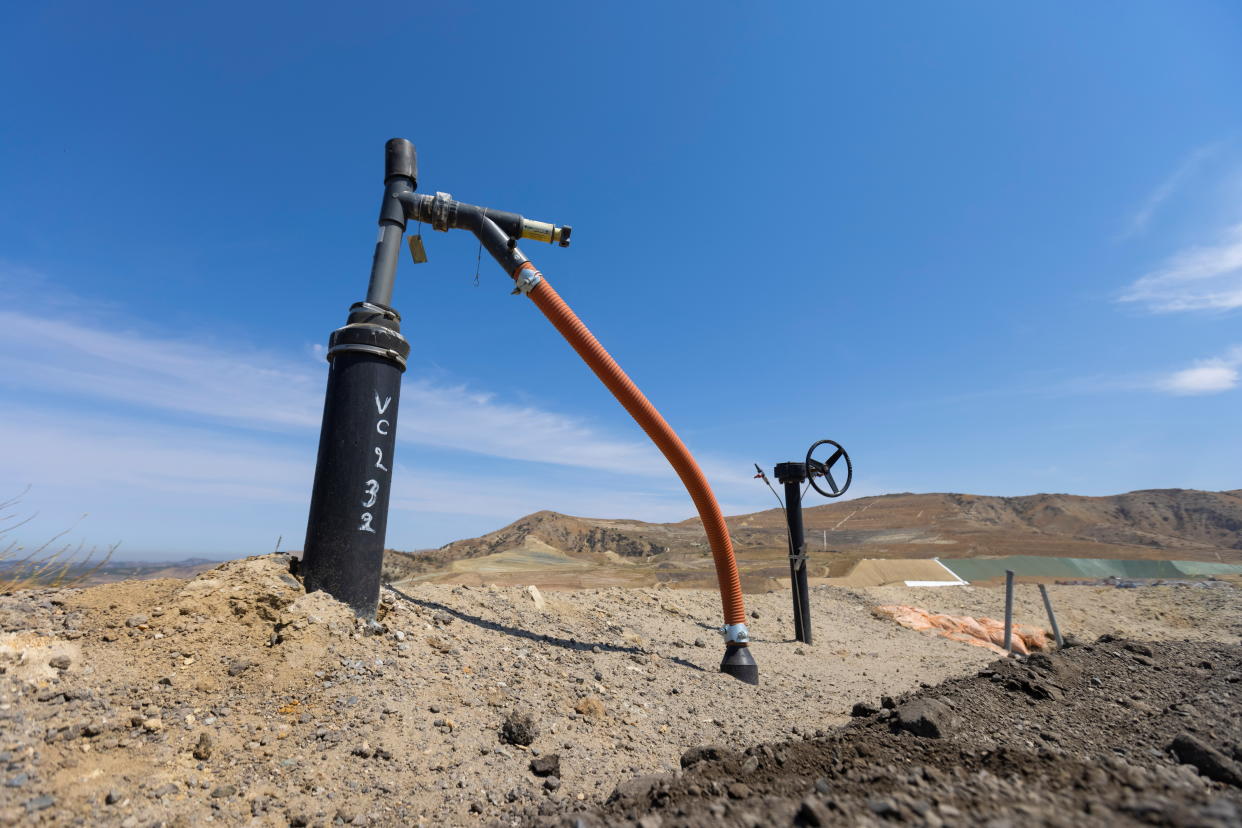
The fee “would create further incentives for industry and states to improve their performance [on methane leakage] because it will take longer for those EPA regulations to take effect, but it’s also possible for firms to avoid the fee entirely if they’re already in compliance with what EPA is proposing ahead of time,” Rabe said. “So there’s an interesting interactive effect here between a fee and a regulation. We’ve never seen that in the climate area before.”
Biden will, however, be constrained in reducing fossil fuel extraction. In order to win the support of Sen. Joe Manchin, the centrist Democrat from coal- and gas-rich West Virginia — and in violation of Biden’s campaign promise to end new sales of oil and gas drilling leases offshore and on federal land — the president and Democratic leaders agreed to rules mandating on- and offshore federal fossil fuel leasing in the IRA.
Some environmental advocacy organizations, including Greenpeace and the Center for Biological Diversity, are urging Biden to declare climate change a national emergency, which would give him more latitude to restrict fossil fuel development in other ways, such as banning the exportation of crude oil.
New bills in Congress
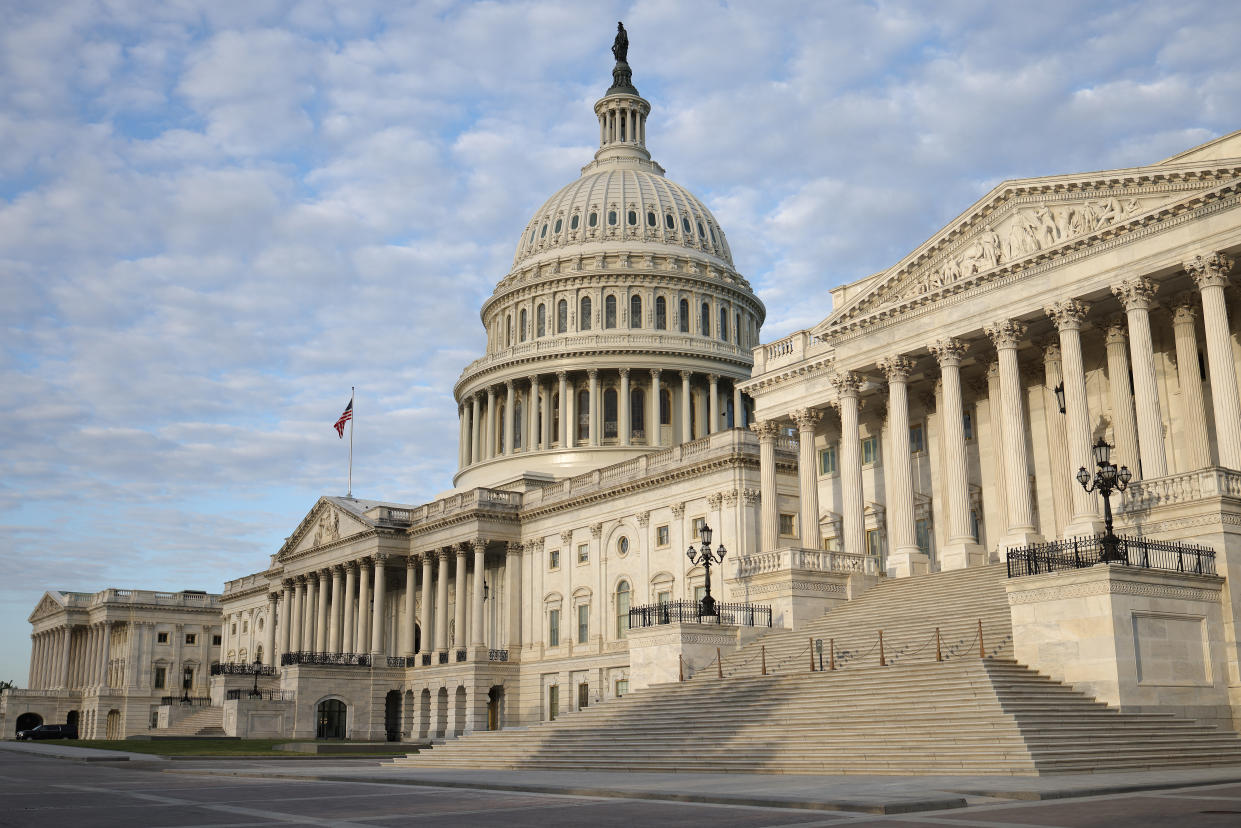
In the abstract, the most efficient way to reduce carbon emissions would be for Congress to pass a law that simply limits the amount of carbon dioxide that can be emitted, typically with credits for carbon emissions that can be bought or sold, or that charges a fee for carbon pollution.
The politics of that are daunting. In 2009, when Democrats enjoyed much larger congressional majorities, the House of Representatives passed one such scheme, but it died in the Senate. With gas and oil prices having recently risen since Russia’s invasion of Ukraine, the chances that even a Democratic Congress musters the votes to charge more for gasoline or home heating fuel are slim.
When the IRA’s predecessor, the more ambitious Build Back Better agenda, was first proposed by President Biden, it would have gotten the U.S. to a 50% emissions reduction by 2030 in part through the Clean Electricity Performance Program (CEPP), which would have set benchmarks for decarbonization of the power sector and given electric utilities financial rewards for exceeding those targets and charged fees for failing to meet them.
Manchin demanded that the CEPP be dropped from the bill. In any case, Republicans are favored to flip at least one house of Congress in this year’s midterm elections.
But that doesn’t mean no future climate legislation could ever pass Congress in this decade. If Democrats hold the majority, future bills could offer financial incentives — which can be passed with a simple majority as part of the budget — to cleaning up other sectors of the economy, such as subsidies for replacing fossil-fuel-powered industrial boilers with electric heat pumps.
States step up
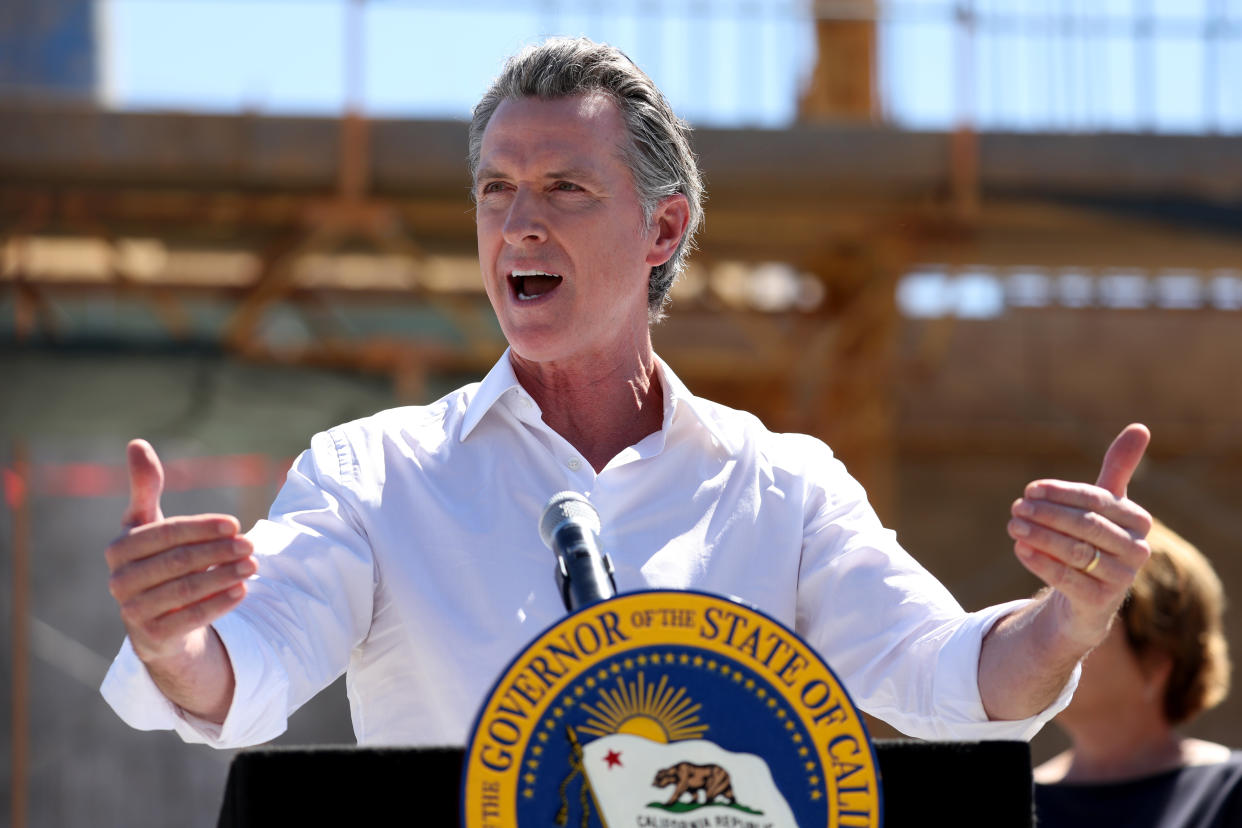
State governments are the primary regulators of electric utilities, and 31 states have already set some goal for drawing a certain percentage of their power from clean sources. But the ambition and timelines vary widely, and experts say there is huge room for most states to increase the proportion of their power that comes from zero-emissions sources and to move up the date by which they require it.
“States, localities, private entities could, in theory, up their game,” Rabe said.
Ford Motor Company and DTE, the largest electric utility in Michigan, announced on Aug. 10 that by 2025 all of Ford’s facilities in the state will run on clean energy that it buys through DTE’s MIGreenPower program, which purchases power from zero-emissions sources.
“If that model was replicated widely around the nation, that could help close the gap,” Rabe said.
States can also choose to go further than the federal government in setting regulations. California has set a goal of all vehicles sold there to be electric by 2035. Now state-level activists from groups like Environment California are calling for their states to supplement those rules and the EV subsidies in the IRA with complementary policies like building charging stations.
States also can offer their own subsidies that, combined with federal money, can make investments like solar panels affordable to many more of their residents. That approach has led to wide deployment of solar arrays in California. Other environmentally friendly states adopting similar policies would help solar power take off elsewhere.
International action
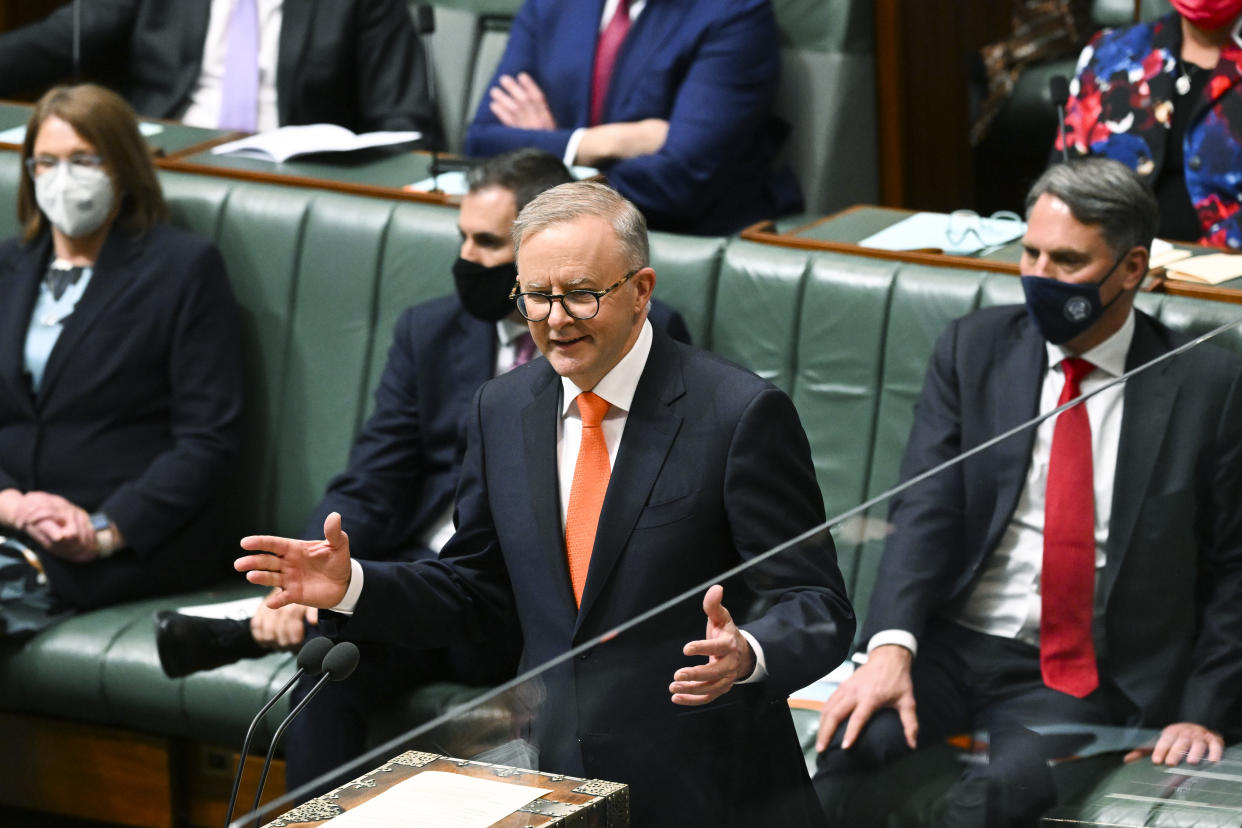
The United States is not the only country to recently take action on climate change, nor is it the only one not yet on pace to cut emissions in half by 2030. Australia’s new government recently passed a bill to reduce emissions by 43% by 2030. But the No. 1 emitter in the world currently is China, and its pledges made in Glasgow — raising the share of its energy from clean sources to 25% by 2030 and peaking its emissions by that year — are not ambitious enough to stay below 1.5°C of warming.
“Besides the fact that the U.S. needs to meet the full 50-52%, China’s current [nationally determined contribution] is not what we need to be on a 1.5-degree trajectory,” Jake Schmidt, senior strategic director for international climate at the Natural Resources Defense Council, told Yahoo News.
Developing countries such as India also need to speed up their transition to clean energy as they industrialize and start to use much more electricity.
There is one way in which the United States is now helping developing countries: by funding research and subsidies for bringing clean energy technology to scale, thereby helping drive down the cost that will also be paid everywhere. It is not a direct subsidy to South Asia and sub-Saharan Africa, but it will in effect subsidize their clean energy development.
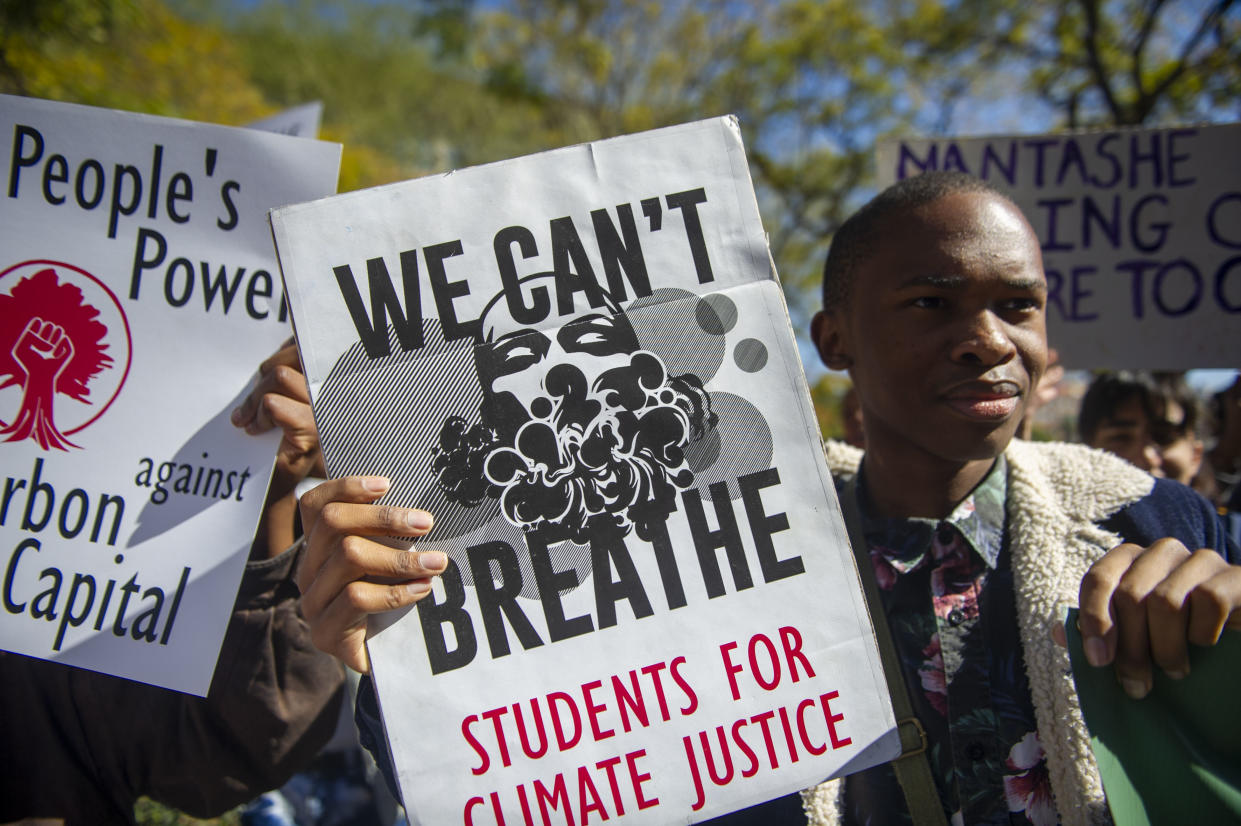
But the U.S. is far below its European counterparts in providing direct financing for clean energy development and adaptation to climate change in the developing world.
At the next round of climate negotiations, which will take place in November in Sharm el-Sheikh, Egypt, presidential climate envoy John Kerry is expected to press for more ambition in clean energy deployment and preventing deforestation from China and large developing nations such as India and Brazil.
According to climate diplomacy experts, the IRA’s passage was a necessary precondition to getting other countries to step up and do more. And so, though it does not guarantee that catastrophic climate change will be averted, it gives the world a fighting chance.
“The U.S. beginning to show that it has a trajectory to meet more ambitious climate targets is fundamental to the international response to climate change,” Schmidt said. “The Chinese, other countries, have been rightly pointing out that the U.S. talks a big game but has yet to deliver. So this sort of gives the U.S. a much stronger foot to show they are serious about climate change.”

